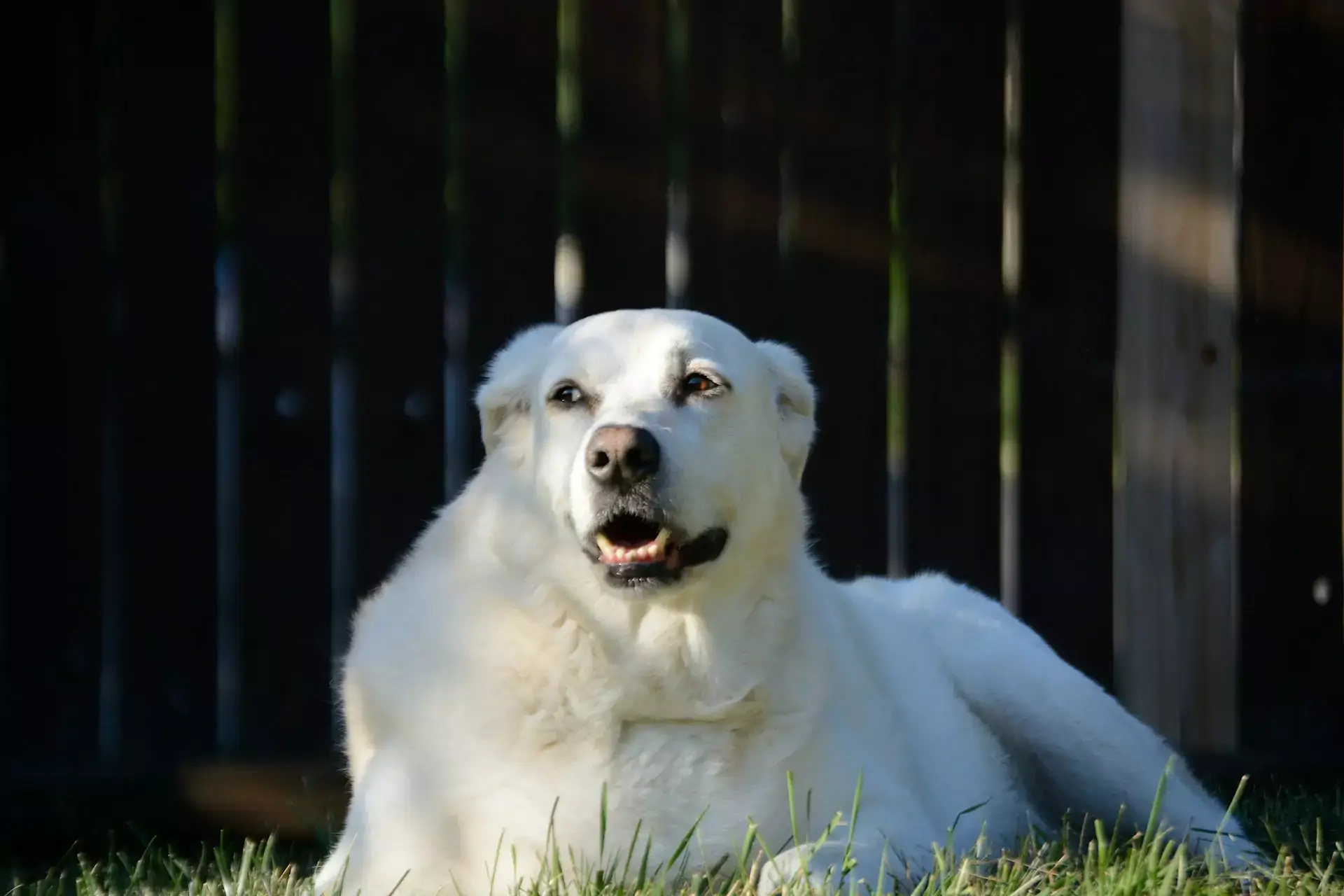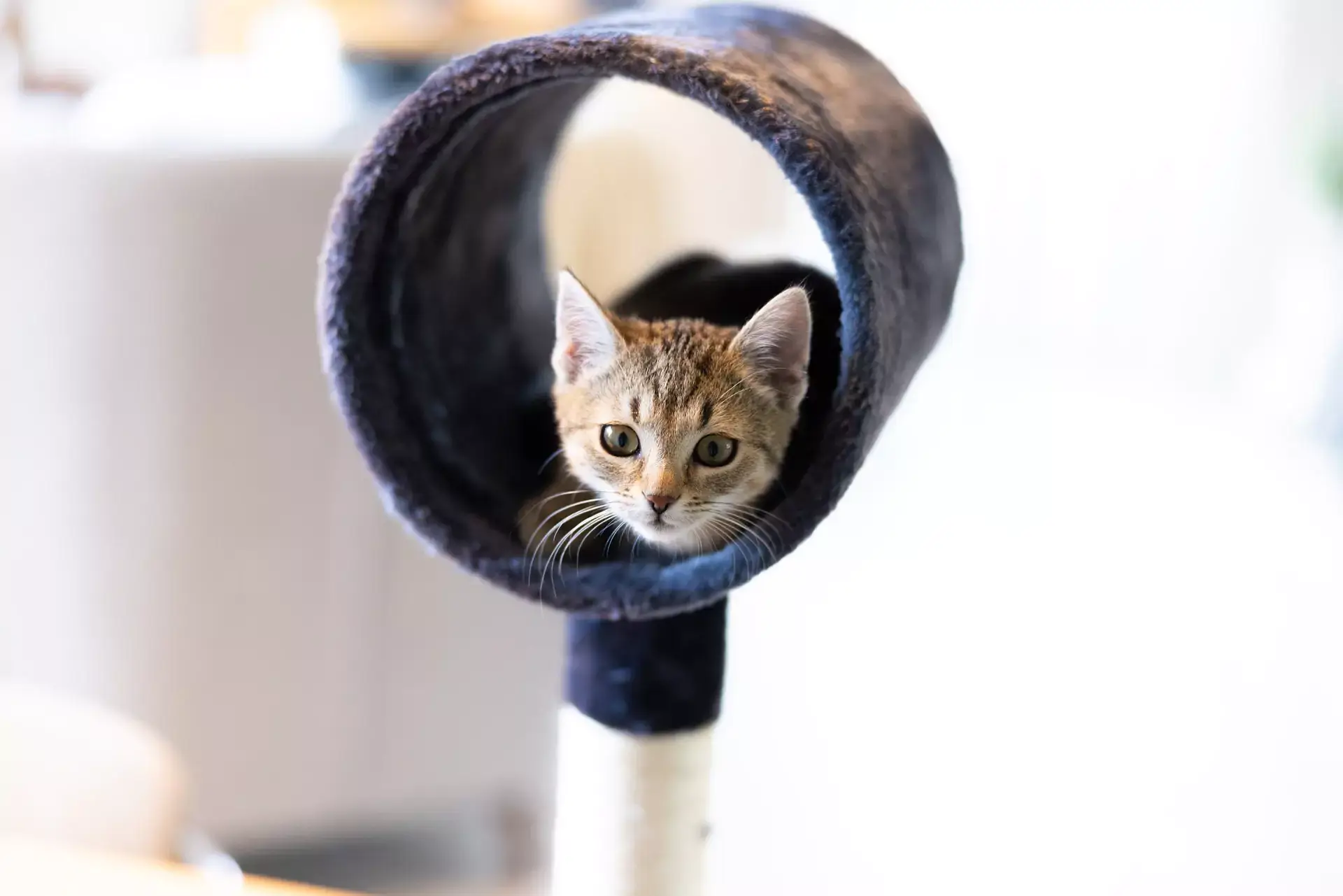On January 17th, we pay homage to our beloved Boxers: it’s National Boxer Day! With their boundless affection and playful demeanor, Boxers have become integral parts of countless families. Discover more about this cherished breed with a Carmel Valley, CA veterinarian’s perspective.
Exploring Boxer Characteristics: An In-depth Look
Boxers exhibit a striking physique coupled with playful energy, often observed in their enthusiastic play with toys. Typically reaching two feet in height at the shoulder, they enjoy a lifespan of 11 to 13 years and can weigh up to 70 pounds. While originally bred for hunting, Boxers have transitioned into roles such as war, police, and guard dogs, yet they predominantly fulfill the role of beloved family pets in American homes.
Boxer Grooming Essentials: Keeping Your Pal Pristine
Boxers exhibit an array of colors, including white, fawn, and brindle, often complemented by white markings. Their short, glossy coat is easy to care for, necessitating regular brushing for maintenance. Yet, their thin fur makes them susceptible to temperature changes, requiring special consideration. Equip your furry friend with a jacket or sweater during chilly weather and a cooling vest for warmer days to ensure they stay comfortable and happy in any climate.
In addition to baths, prioritize nail trims and dental care for your furry friend. Regularly clean their ears, focusing on the facial wrinkles that can harbor bacteria. Apply sunscreen to protect white Boxers during hot weather. For tailored guidance, consult your Rancho Santa Fe, CA veterinary hospital.
Boxer Health Check: Expert Tips from a Carmel Valley, CA Veterinarian
Despite their rugged appearance, Boxers encounter health challenges akin to many breeds, including common skin problems. Enhance your understanding through thorough breed research, utilizing reputable sources like the AKC and the American Boxer Club. Keep up with recommended screenings and specific DNA tests tailored for the Boxer breed to ensure proactive health management. Regular veterinary wellness exams and pet vaccinations are also essential to keep your Boxer healthy throughout their life.
These include:
- Thyroid Evaluation
- AS/SAS Cardio
- Aortic Valve Disease
- Holter Monitor Testing for Boxer Cardiomyopathy
- Degenerative Myelopathy
- Elbow Evaluation
Ask for suggestions and precise care tips from your Rancho Santa Fe, CA veterinary clinic.
The Boxer Name: An Origin Exploration
The Boxer name’s beginnings are shrouded in mystery, with diverse hypotheses. Some connect it to the Bullenbeisser, while others attribute it to the breed’s characteristic paw behavior. Nevertheless, Boxers continue to be treasured pets.
Unveiling the Boxer’s Heritage: A Historical Account
Fido, a German hunting mastiff, descends from the English Bulldog and the extinct German Bullenbeisser, celebrated for hunting prowess against formidable game. The Boxer’s distinctive square heads are advantageous in hunting activities. Unfortunately, the Bullenbeisser’s name, signifying “Bull biter,” reveals a dark past involving participation in bull baiting, a cruel practice eventually banned. The Boxer’s lineage tells a story of noble hunting heritage tainted by involvement in inhumane activities.
John Wagner’s 1939 publication, “The Boxer,” serves as a valuable resource for understanding Fido’s history in detail. Assyrian records from nearly 4000 years ago describe loyal war dogs characterized by their strong physique and thick skulls. Initially referred to as Molossians, named after the city of Molossis in modern-day Albania, these dogs migrated across Europe. Through interbreeding with local breeds, they eventually gave rise to the German Bullenbeisser.
In the wake of the Napoleonic wars, the Bullenbeisser witnessed a decline in its prominence as noble breeding houses disbanded, leading to the fragmentation of their estates. Fido, previously employed in aristocratic hunting pursuits, shifted his focus to assisting butchers and cattle herders, where he demonstrated a natural talent for companionship within family settings. During the early 1800s, the breed underwent crossbreeding with English Bulldogs, culminating in the establishment of standardized breed traits by 1895, with particular lineages tracing their ancestry back to this epoch.
Discovering the Boxer’s Persona: Insights into Their Personality
Delving into the Boxer’s temperament reveals a host of admirable qualities. Renowned for their unwavering devotion, they eagerly seek affection from their human counterparts and often form close bonds with children. Their innate protective instincts equip them to excel as watchful guardians, offering steadfast vigilance and a strong sense of security.
Boxers embody a delightful combination of friendliness and playfulness, infusing every interaction with boundless joy. Through proper socialization, these spirited companions seamlessly integrate into homes with other pets, fostering affectionate connections, even with cats. Their innate sociability extends to interactions with humans and animals alike, enriching their lives with companionship and affection. In fact, there are many reasons to celebrate Fido on Pet Appreciation Week, and the Boxer’s loving nature is definitely one of them. However, Boxers may experience discomfort in prolonged isolation, highlighting the importance of regular engagement and companionship to sustain their emotional equilibrium.
While the Boxer’s warm-hearted nature makes them beloved companions for many, they may not be suitable for every household. Despite their immense affection, their exuberance and occasional clumsiness can pose challenges for some. Their tendency to become overexcited and bouncy emphasizes the importance of consistent training, particularly in matters of petiquette. For example, teaching them not to jump on people requires patience and firm guidance. Additionally, their strong prey drive necessitates caution when interacting with small animals, requiring careful supervision to prevent any accidents.
Exploring the Boxer’s Activity Needs: Navigating Fido’s High-Energy Lifestyle
When examining activity levels, the Boxer, affectionately known as Fido, emerges as a breed brimming with vitality and vigor. Meeting his daily exercise requirements is paramount, as he thrives on physical engagement. With his athletic prowess, Fido excels as a companion for activities such as hiking or running, eagerly embracing outdoor pursuits. Upholding a consistent exercise routine for Fido is essential to channel his energy constructively and prevent undesirable behaviors resulting from excess vigor, such as hyperactivity or destructive tendencies. Engaging in prolonged walks and stimulating games like Fetch or Frisbee serves as enjoyable outlets for Fido. Nevertheless, vigilance is necessary due to his propensity to chase squirrels, necessitating leash control during outdoor excursions. Additionally, recognizing the Boxer’s extended puppyhood is vital, as he maintains his playful disposition well into adulthood.
Make sure to seek advice from your Carmel Valley, CA veterinarian for personalized recommendations on your pup’s exercise regimen.
The Delayed Appearance of Boxers in America
Despite their ancient ancestry, Boxers took their time to arrive in America, not appearing until after 1940.
Exploring Boxer Behavior: Unraveling Aggression Misconceptions
Boxers defy the stereotype of highly aggressive breeds, yet they possess a spirited temperament that demands proper handling. Their assertiveness can manifest in pushy behavior, especially when not trained adequately. While Boxers can forge amicable relationships with other canines, successful introductions are essential to prevent conflicts. If behavioral issues such as digging, aggression, or disobedience arise, seeking guidance from a vet or behaviorist is pivotal. Understanding the nuances of Boxer behavior fosters a harmonious bond, ensuring their inherent assertiveness is directed positively through consistent training and attentive supervision.
Catering to Your Boxer’s Entertainment Needs: Enriching Canine Engagement
Meeting Fido’s entertainment needs entails offering an assortment of toys to keep him mentally and physically engaged. Engaging in play sessions not only strengthens your bond but also aids in expending his surplus energy, often referred to as zoomies. Boxers have a penchant for traditional dog games like Fetch, providing an effective outlet for their abundant enthusiasm. Furthermore, introducing activities such as agility training can cater to their dynamic nature, while mentally stimulating games like Hide and Seek can offer a rewarding experience for your loyal companion.
Despite the widespread enjoyment of swimming among dogs, the Boxer’s attitude toward this activity varies. While some Boxers may find swimming pleasurable, they are not naturally inclined for it. It’s essential to keep your furry friend in shallow waters and always supervise him near water.
Have Boxer care questions? Contact us today at our Rancho Santa Fe, CA Santaluz Animal Care location!





